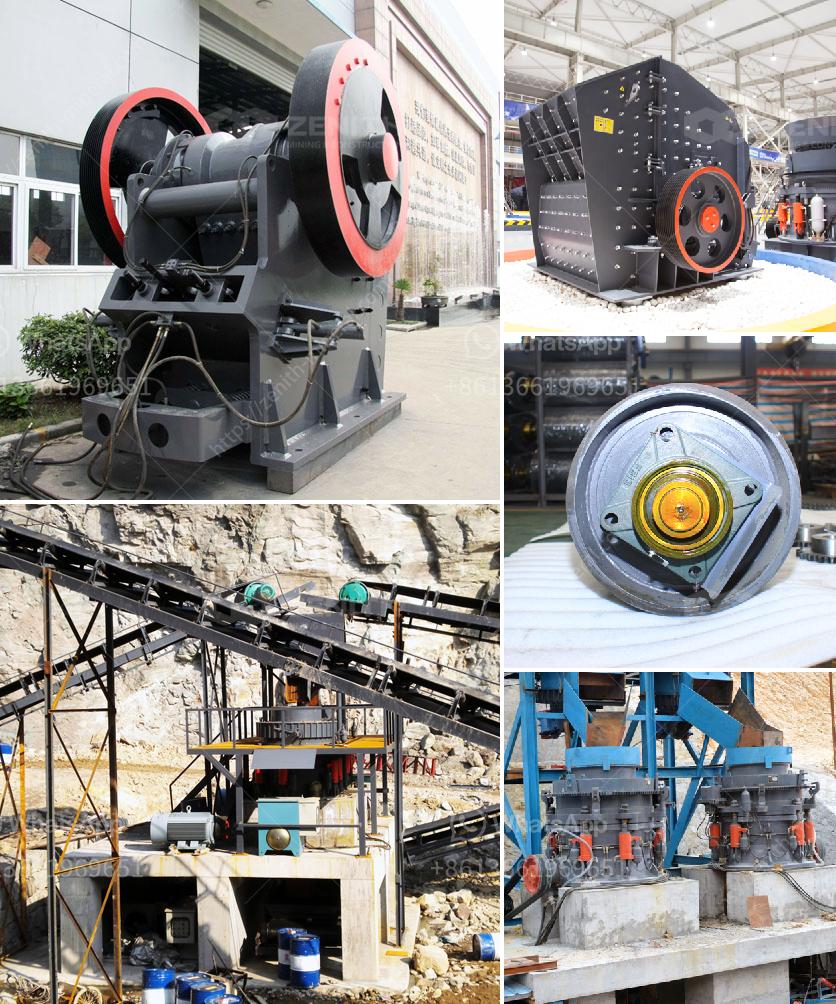Selecting a high-quality sand making machine involves several critical considerations to ensure that the machine meets your specific needs and provides efficient, reliable, and cost-effective performance. Here are the key factors to consider:
1. Material Quality and Durability
- Build Material: Ensure the machine is constructed from high-quality materials such as high-grade steel or other durable metals. This will ensure longevity and resistance to wear and tear.
- Wear Parts: Check the quality of wear parts like the impeller, liner, and hammer. These parts should be made from wear-resistant materials to reduce maintenance costs and downtime.
2. Performance and Efficiency
- Production Capacity: Evaluate the machine's production capacity to ensure it meets your output requirements. This includes the amount of sand it can produce per hour.
- Energy Efficiency: Look for machines that offer high energy efficiency to reduce operational costs. Energy-efficient machines consume less power while maintaining high performance.
3. Technology and Features
- Automation: Modern sand making machines come with advanced automation features that enhance productivity and ease of operation. Look for features like automatic lubrication, real-time monitoring, and control systems.
- Adjustability: The ability to adjust the size and shape of the sand produced is crucial. Ensure the machine allows for easy adjustments to meet different project requirements.
4. Manufacturer Reputation
- Brand Reputation: Choose machines from reputable manufacturers known for their quality and reliability. Research customer reviews and industry feedback to gauge the reputation of the manufacturer.
- After-Sales Support: Good after-sales support is essential for maintenance and troubleshooting. Ensure the manufacturer provides comprehensive support, including spare parts availability and technical assistance.
5. Cost Considerations
- Initial Cost: While it’s important to consider the initial purchase price, don’t compromise on quality for cost. A cheaper machine may end up costing more in the long run due to frequent repairs and lower efficiency.
- Operational Costs: Consider the operational costs, including energy consumption, maintenance, and spare parts. A machine with a higher initial cost but lower operational costs may be more economical in the long run.
6. Environmental Impact
- Dust and Noise Control: High-quality sand making machines should have effective dust and noise control measures to minimize environmental impact and comply with regulations.
- Eco-Friendly Technology: Look for machines that incorporate eco-friendly technologies, such as reduced emissions and energy-saving features.
7. Compatibility with Raw Materials
- Material Compatibility: Ensure the machine is compatible with the type of raw materials you plan to use. Different machines are designed to handle different types of materials, such as river pebbles, granite, basalt, or limestone.
- Feed Size and Hardness: Check the maximum feed size and hardness the machine can handle. This will ensure efficient processing and prevent damage to the machine.
8. Ease of Maintenance
- Maintenance Requirements: Choose a machine that is easy to maintain, with accessible parts and straightforward maintenance procedures. This will reduce downtime and extend the machine’s lifespan.
- Training and Documentation: Ensure the manufacturer provides comprehensive training and documentation for operating and maintaining the machine.
Conclusion
Selecting a high-quality sand making machine requires careful consideration of various factors, including material quality, performance, technology, manufacturer reputation, cost, environmental impact, material compatibility, and ease of maintenance. By thoroughly evaluating these aspects, you can choose a machine that meets your specific needs and provides reliable, efficient, and cost-effective performance.

